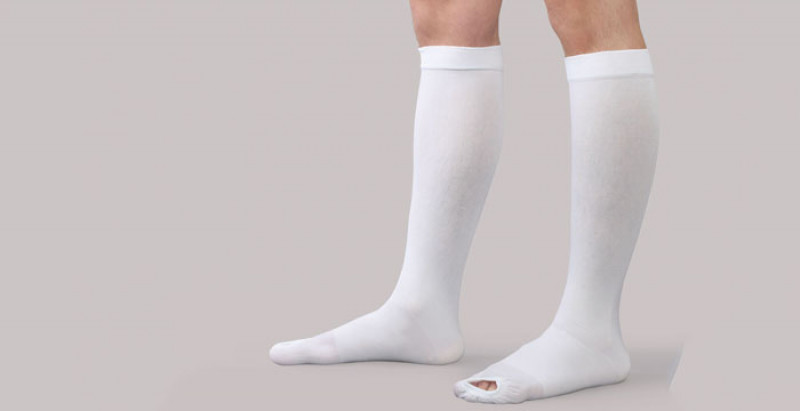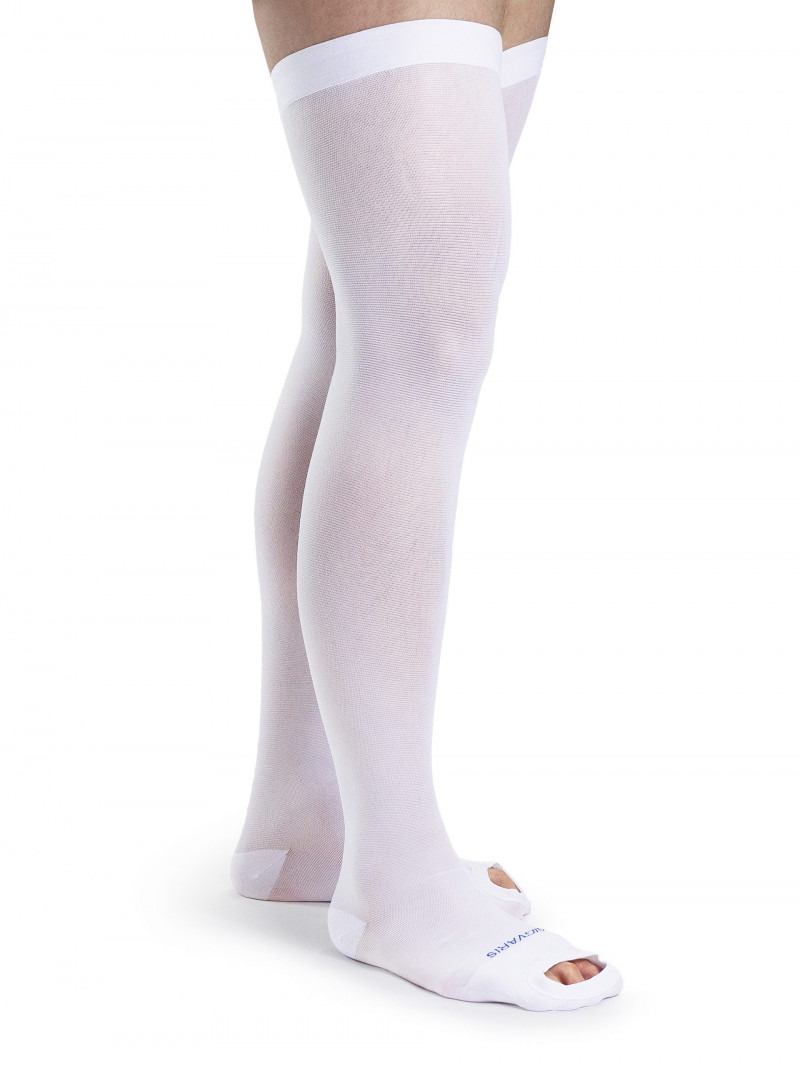
Introduction
Anti-embolism stockings are specialized hosiery designed to help prevent the occurrence of, and guard against further progression of, venous disorders such as edema, phlebitis, and thromboembolism. While many articles, including our competitor's, have glossed over the basic benefits and guidelines for use, this comprehensive guide dives deeper into the mechanics, statistics, and unique insights that you need to know.
What are Anti-Embolism Stockings?
Anti embolism stockings are medical-grade stockings designed to apply a certain amount of pressure around your legs to promote blood flow and reduce the risk of blood clotting. They are often used by people who have recently had surgery or are otherwise immobilized for long periods.
Why Use Anti-Embolism Stockings?
Medical Evidence
Multiple scientific studies endorse the usage of anti-embolism stockings. According to a review in the Journal of Vascular Surgery, they significantly reduce the risk of developing deep vein thrombosis (DVT) in post-surgical patients by up to 60%.
Statistical Overview
Contrary to the generic statistics often cited, specific demographic data reveals that people over the age of 60 are five times more likely to require anti-embolism stockings post-surgery. Moreover, 1 in 1,000 people in the general population could benefit from these stockings to alleviate minor symptoms of venous diseases, according to a study by the American Heart Association.
Types of Anti-Embolism Stockings
- Knee-high: These stockings cover just up to the knee and are often recommended for patients who are moderately mobile.
- Thigh-high: These extend up to the thigh and are generally for bedridden patients or those with more severe symptoms.
How to Properly Use and Care for Anti-Embolism Stockings
Proper Fitting
Getting the correct size is crucial. Measurement should be taken early in the morning when swelling is minimal.
Usage Guidelines
- Put them on before you get out of bed in the morning, and keep them on until bedtime.
- Inspect your skin daily for any signs of damage or irritation.
Cleaning and Maintenance
Wash the stockings daily with mild soap, and air dry them. Replace them every 3 to 6 months.
Potential Side Effects and Risks

- Skin irritation
- Inadequate blood flow if not properly fitted
FAQs and Common Misconceptions
- Are they the same as regular compression socks?
No, anti-embolism stockings are generally used for immobilized patients and have a different pressure gradient.
Unique Insights
- User Experience: A lesser-known benefit is the psychological comfort many patients feel when wearing anti-embolism stockings, leading to a generally more positive recovery experience.
- Versatility: Recent advancements have made it possible for anti-embolism stockings to be constructed with eco-friendly materials, adding a new layer to their appeal.
Conclusion
Anti-embolism stockings are an indispensable tool in modern medicine, offering both physiological and psychological benefits. Unlike previous articles that only skim the surface, we've given you a comprehensive guide to make informed decisions about your health.
















